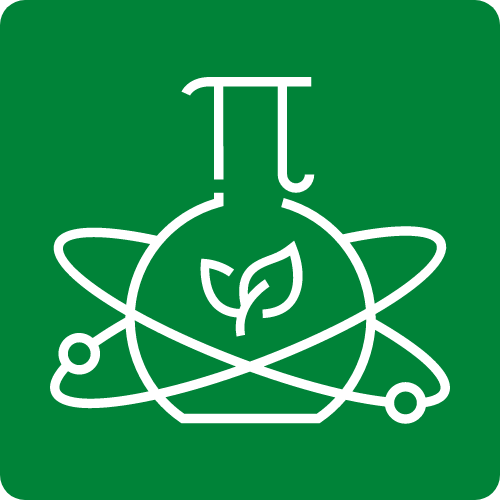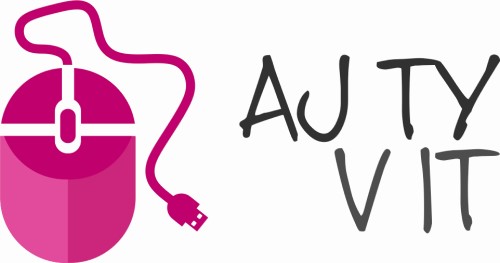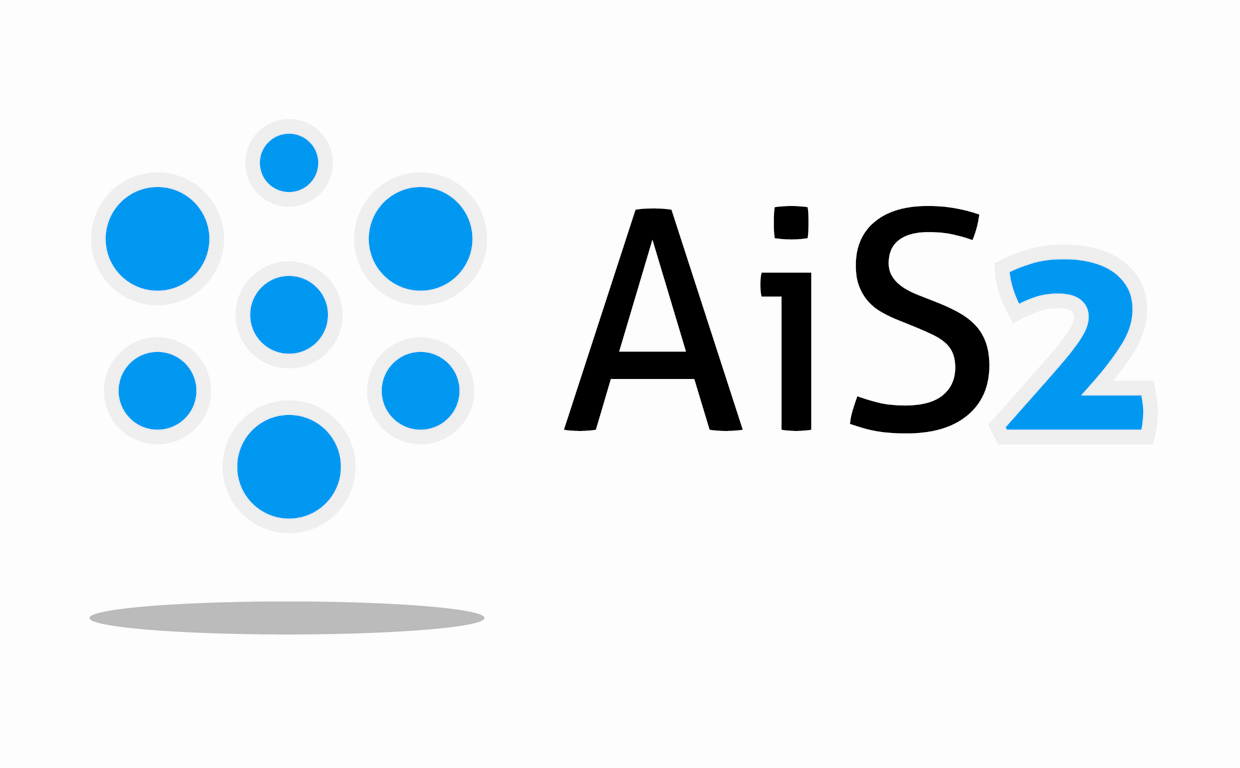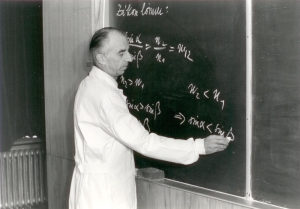 The history of the departments of physics at the Faculty of Science began with the generous help of the Technical University in Košice, which agreed to transfer, for a certain period of time, its whole Department of Physics to the Pavol Jozef Šafárik University (UPJŠ). This Department gradually grew into three departments: the Department of Experimental Physics, the Department of Nuclear Physics, and the Department of Theoretical Physics and Geophysics. These departments were founded and initially led by such prominent Slovak physicists as Prof. Vladimír Hajko (the first Dean of the Faculty), Prof. Juraj Daniel-Szabó, Prof. Juraj Dubinský, and Prof. Tibor Kolbenhayer. During forty years of their existence, the departments of physics were in charge of teaching the majority of courses in physics in both single- and double major study curricula. At the beginning, research was predominantly oriented to the physics of magnetic materials and certain topics in nuclear physics. Since 1966, research in the field of Low Temperature Physics, initiated by Štefan Jánoš, has gradually been developed. After the laboratory of low-temperature physics was built, the research encompassed also the study of various phenomena and properties of solids at very low temperatures.
The history of the departments of physics at the Faculty of Science began with the generous help of the Technical University in Košice, which agreed to transfer, for a certain period of time, its whole Department of Physics to the Pavol Jozef Šafárik University (UPJŠ). This Department gradually grew into three departments: the Department of Experimental Physics, the Department of Nuclear Physics, and the Department of Theoretical Physics and Geophysics. These departments were founded and initially led by such prominent Slovak physicists as Prof. Vladimír Hajko (the first Dean of the Faculty), Prof. Juraj Daniel-Szabó, Prof. Juraj Dubinský, and Prof. Tibor Kolbenhayer. During forty years of their existence, the departments of physics were in charge of teaching the majority of courses in physics in both single- and double major study curricula. At the beginning, research was predominantly oriented to the physics of magnetic materials and certain topics in nuclear physics. Since 1966, research in the field of Low Temperature Physics, initiated by Štefan Jánoš, has gradually been developed. After the laboratory of low-temperature physics was built, the research encompassed also the study of various phenomena and properties of solids at very low temperatures.
Later, Alexander Feher and Štefan Jánoš initiated the study of magnetic properties of superfluid 3He using the method of nuclear magnetic resonance at submilikelvin temperatures. Today, one of the topics in very low-temperature research is the study of the thermodynamic and transport properties of unconventional magnetic systems, predominantly low–dimensional and geometrically frustrated magnets. It should be emphasized that the research in the field of the low-temperature physics has been conducted, from its very beginning, in close cooperation with the Institute of Experimental Physics (Slovak Academy of Sciences). This collaboration resulted in creating the joint Centre of Excellence in the field of physics at very low-temperatures. At the beginning, research in the field of magnetism was dominated by a study of the surface domain structure of metal ferromagnets and the study of the Barkhausen effect in the process of magnetization reversal of ferromagnets. One of the most important results stemming from this research was unambiguous experimental confirmation and theoretical explanation of the existence of negative Barkhausen jumps.
In the seventies, the Department of experimental physics quickly refocused themselves to a new research topic, that of magnetism of amorphous materials. It was a group of physicists from Košice who were first to publish the discovery of the coexistence of the spin glass type of magnetic ordering with short-range ferromagnetic order in amorphous structures. An important and motivating role for the research in the field of magnetism was played by national workshops on magnetism, which had been taking place in Košice since 1963 and which were later transformed into the conferences with international participation, now known as CSMAG (Czech and Slovak Conference on Magnetism). At the present, the main topic of the research in the field of magnetism is the study of the relationship between the structure and the magnetic properties of nanocrystalline materials and the study of low-dimensional magnets.
In addition to the research in solid state physics, which was pursued in cooperation with the Institute of Physics of the Czechoslovak Academy of Sciences, the problems of high energy physics, relativistic physics and cosmic radiation (in collaboration with the Slovak Academy of Sciences) were also studied. Other research topics, studied at the Department of Theoretical Physics and Geophysics, included mathematical models for direct and reverse tasks in geophysics and selected problems of the theory of elementary particles and magnetism.
The research activities of the Department of Nuclear Physics in the first years under the leadership of prof. Juraj Dubinsky was oriented toward the cosmic ray topic – study of the cosmic ray intensity variation using the Earth surface detection – Lomnický Štít (Peak). These results launched the basis for the Slovak physicists and engineers to enter the satellite experiments in the framework of the international project Interkosmos. Prof. Dubinský began intensive international communication and extended the cooperation to the JINR Dubna, Russia (earlier USSR) which resulted in the development of particle physics in Kosice.
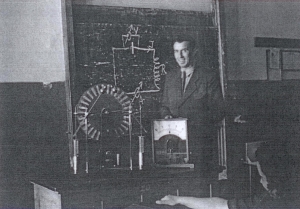 During the years 1963-1966 a photoemulsion laboratory was built with effective support of the JINR Dubna, FzÚ ČSAV and FTJF ČVUT succeeded to study the nuclear interactions. This cooperation with the JINR gradually grew into a wide international collaboration – EMU01 and later to the BECQUEREL experiment, carried out on the Nuclotron. Simultaneously with the above actvities the bubble chamber laboartory started the study of negative pion collisions with proton and nuclei and later to use this device for light nuclei-proton interaction research in inverse kinematics.
During the years 1963-1966 a photoemulsion laboratory was built with effective support of the JINR Dubna, FzÚ ČSAV and FTJF ČVUT succeeded to study the nuclear interactions. This cooperation with the JINR gradually grew into a wide international collaboration – EMU01 and later to the BECQUEREL experiment, carried out on the Nuclotron. Simultaneously with the above actvities the bubble chamber laboartory started the study of negative pion collisions with proton and nuclei and later to use this device for light nuclei-proton interaction research in inverse kinematics.
Cooperation with CERN, Geneva was a qualitatively new level in the department research activities and the beginnings can be dated to 1990-1991 joining the experiments NA34 and WA94 which studied lepton pair and strange particle productions, respectively in nuclear collisions at ultrarelativistic energies. This line was continued and naturally led to an extension of our cooperation to the LHC experiments – ALICE and ATLAS. Paralelly with those actvities the department in 2001 joined the STAR experiment, RHIC, BNL (USA).
Since 1978, a group working in the field of biophysics has been gradually formed at the Department of Nuclear Physics, which therefore became the Department of Nuclear Physics and Biophysics in 1979. In the same year, a new study programme in Biophysics was introduced. At that time, research in biophysics was devoted mostly to the study of structure of the nucleic acids. In 1998, the Department of Nuclear Physics and Biophysics split into two separate departments (Department of Biophysics and Department of Nuclear and Subnuclear Physics), increasing the number of the departments of physics at this Faculty to four.
Since 1999, research team of astrophysics began to form within the Department of Theoretical Physics and Geophysics, which later (in 2002) became the Department of Theoretical Physics and Astrophysics. In the same year, the Institute of Physics was founded, encompassing all five departments of physics as its academic units: Department of Biophysics, Department of Condensed Matter Physics, Department of Nuclear and Subnuclear Physics, Department of Theoretical Physics and Astrophysics, and Department of Physics Education.
Qualitative upgrade of the experimental structure of the Institute of Physics and substantial reconstruction of its laboratories has begun after 2002, when the possibilities opened to submit projects for the creation of centers of excellence, first on the university level, later on the basis of call of the Slovak Research and Development Agency (Creation and Activities of Research and Education Centre’s of Excellence). Subsequently, since 2007, the possibilities opened to receive financial grants from the EU structural funds. Gradually, under participation of the Institute, the Centre of Very-Low Temperature Physics, Centre of Cryophysics and Cryonanoelectronics and Centre of Advanced Physical Studies of Materials under Extreme Conditions were created.
